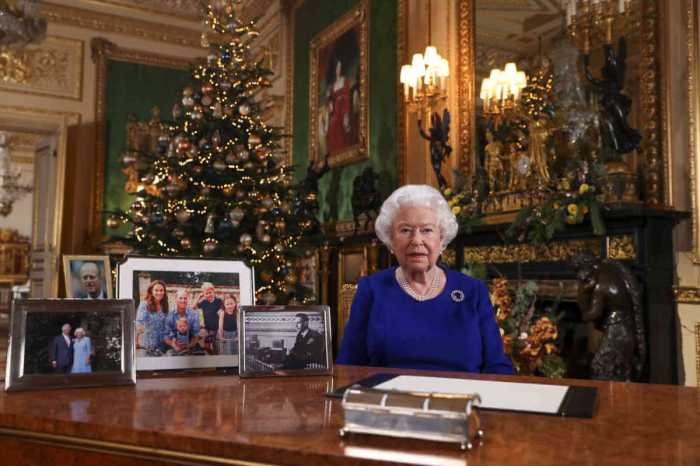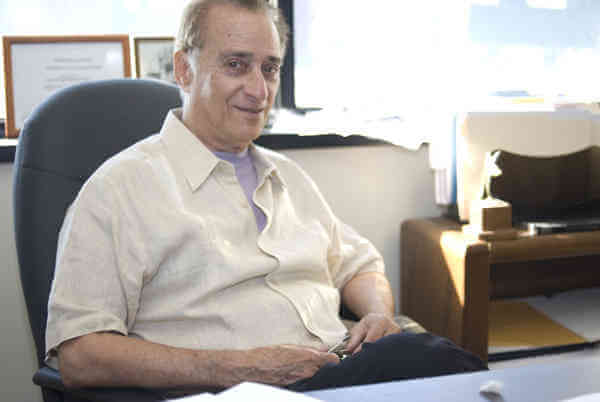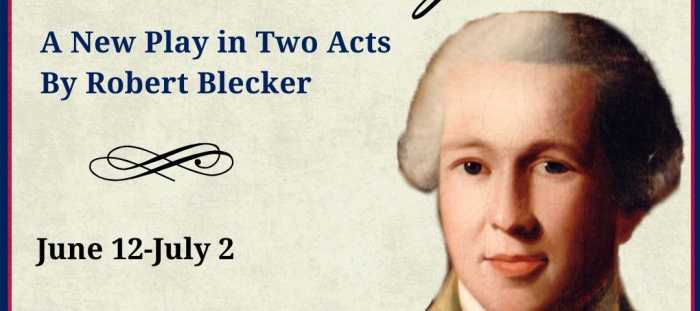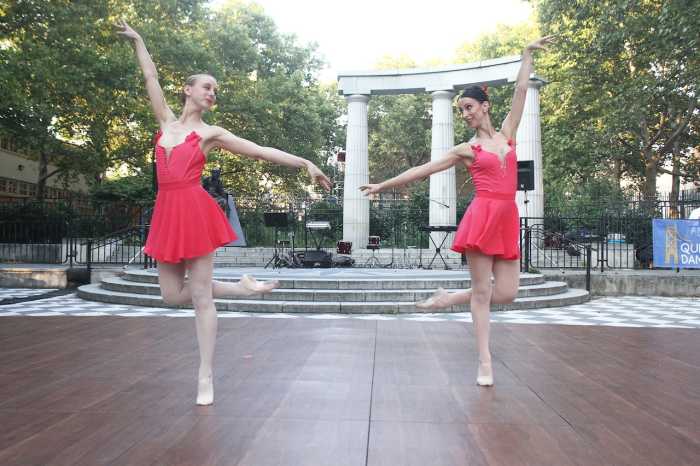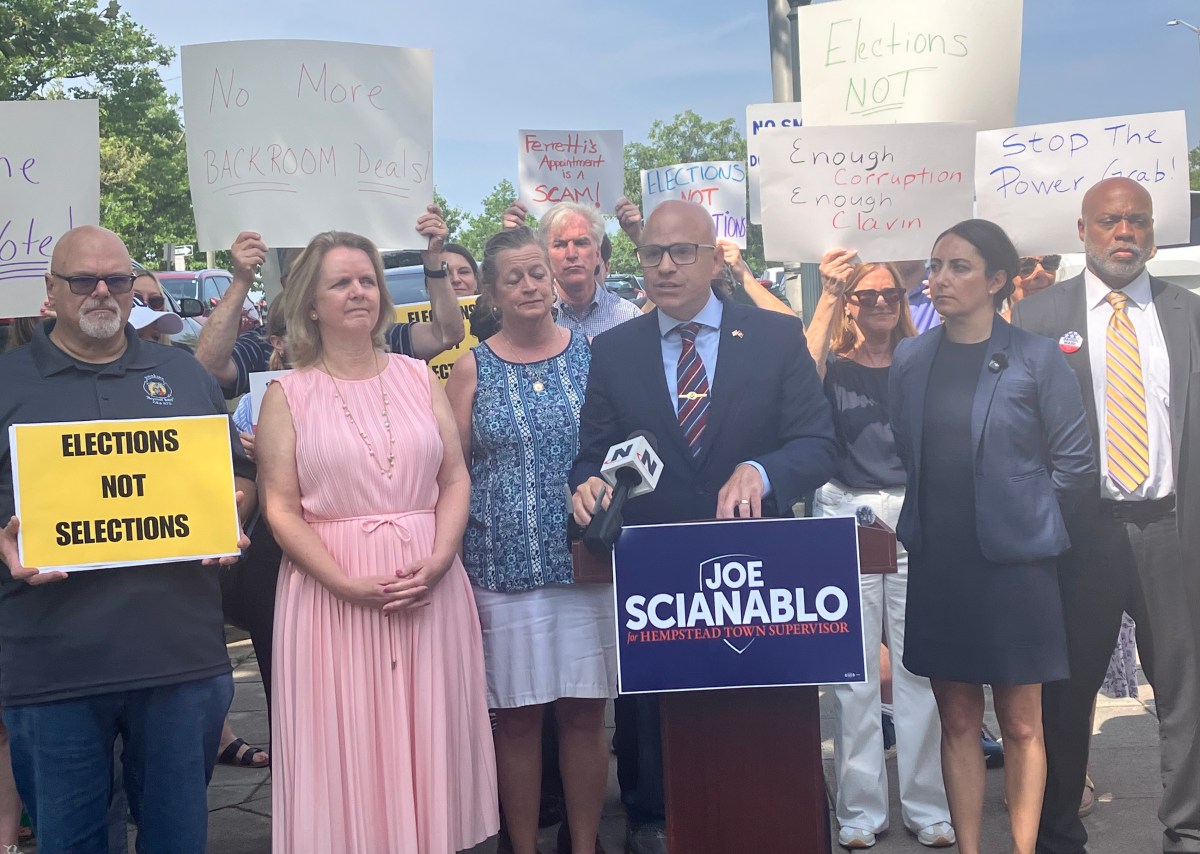Civil Rights activist, Mary McLeod Bethune repeated her history-making tradition on July 13 2022, by becoming the very first Black American — male or female — to be installed in the National Statuary Hall at the U.S. Capitol.
Her image was immortalized with an 11-foot marble statue unveiled at the Washington D.C. monument in the presence of House Speaker Nancy Pelosi (D-Calif.) House Minority Leader Kevin McCarthy (R-Calif.), Rep. Kathy Castor (D-Fla.), Rep. Val Demings (D-Fla.) and Sen. Marco Rubio (R-Fla.) and others.
Sculpted by Puerto Rican Nilda Comas, she is the first Hispanic ever commissioned to create a statue for the Capitol collection.
According to reports, the white stone tribute was crafted from the last piece of marble taken from Michelangelo’s cave in Tuscany, Italy.
An adorning black rose was created from marble exported from Spain.
“The statue reflects three important symbols from her life.” Comas explained “a black rose, a stack of seven books and President Roosevelt’s cane.”
She added that it depicts the educator wearing a graduation cap and gown, and features the activist standing tall with her right hand placed on a cane gifted by the president while holding a black rose in her left.
Comas said the walking stick “is meant to symbolize her tremendous role in the Roosevelt government and what was then called the Black Cabinet.”
In honor of Bethune’s appreciation of the flower she became enamored with after seeing it for the first time in Europe among a rainbow of roses in a garden, the educator perceived it being a symbol of diversity and acceptance of individual beauty.
Allegedly Bethune was captivated by the sight of the rare bloom that according to the gardenofpraise.com website the signature became a trademark she adopted to refer to her students as Black roses.
Her biography confirms that “people called her The Black Rose.”
A daughter of slaves, Bethune’s likeness displaced Gen. Edmund Kirby Smith, a senior officer and Confederate Army soldier who represented the state of Florida.
“How poetic that Dr. Bethune replaces a little known Confederate general, trading a traitor for a Civil Rights hero in the Capitol of the United States,” Rep. Pelosi noted.
Historically, since 1864, each state has been granted the authority to send two statues of respected citizens to represent their jurisdiction in the U.S. Capitol’s National Statuary Hall collection.
Four years ago, Florida’s Republican Gov. Rick Scott signed a state law which enabled the removal of the southern Army soldier last year.
Bethune was a Civil Rights activist, presidential adviser, humanitarian and philanthropist who founded the Daytona Literary and Industrial Training School for Negro Girls.
That institution in Daytona Beach, Florida is now Bethune-Cookman University.
During her lifetime, her connection to the Sunshine State extended to the business associations she was reputed for co-owning a Daytona, Florida, resort and also being co-founder of the Central Life Insurance Company of Tampa.
While the Bethune statue is the first of a Black American in the Statuary Hall collection, it is not the first statue of a Black American in the Capitol building.
There are also statues of Frederick Douglass and Rosa Parks as well as busts of Dr. Martin Luther King Jr. and Sojourner Truth.
The latter three were commissioned by Congress and don’t represent any single state.
Bethune was born in South Carolina – one of 17 children to Samuel and Patsy McLeod on July 10, 1875.
She was the first in the family to be educated.
Against all odds she triumphed even surpassing expectations when President Franklin Delano Roosevelt appointed her as an adviser to his administration.
In the role, she won admiration from the Eleanor Roosevelt, the former first lady.
In 1924, she served as president of the National Association of Colored Women’s Clubs and was founding president of the National Council of Negro Women in 1935.
Bethune was the only Black woman in attendance at the United Nations founding conference in 1945, at the appointment of President Harry S. Truman.
She also worked as a journalist and penned works for Black newspapers, the Pittsburgh Courier and the Chicago Defender among others.
In 1974, a statue was placed in Washington, D.C., in her honor, and in 1985, she was celebrated with a postage stamp.
Another of her accomplishments lists the establishment of the United Negro College Fund.
Mary McLeod Bethune died in 1955.
POST SCRIPTS OF A GENERATION
Former Brooklyn Councilmember and State Assemblyman Al Vann is now an ancestor. Following a long illness, the 87-year-old, forty-year legislator succumbed on July 14.
The Bed-Stuy/Crown Heights Brooklyn politician will be funeralized on Aug. 12 during a private ceremony at Boy & Girls High School in Bedford-Stuyvesant from 5 to 9 p.m. The following day from noon to 5 p.m. a community celebration will be held at Bedford-Stuyvesant Restoration Corporation, 1368 Fulton St. The block party will be live-streamed.
Seventies rhythm and blues singing sensation William “Poogie” Hart died on July 14 at age 77. His departure leaves a generation of bereaved fans who reveled in his musical renditions recording as a member of The Delfonics.
Reportedly, Hart died from breathing complications following surgery.
Acclaimed as a two-time Grammy winning member of the rhythm and blues group The Delfonics, Hart wrote many of the hits he collaborated as a singer.
Together they won acclaim with the release of “Soul of Philadelphia,” La La (Means I love You)” and the tune that launched them into the stratosphere “Didn’t I Blow Your Mind This Time.”
Ida Geraldine Epps became an ancestor on July 20. The matriarch died at age 104 and was the mother of rhythm and blues singer Teddy Pendergrass. The renowned recording artist preceded her on Jan 13. 2010.
On July 31, former Boston Celtics center Bill Russell died at age 88. Star Trek fans are also grieving the passing of actress Michelle Nichols, who became a role model for a generation of Blacks in her role as Lt. Uhura. Nichols was the first of her race to star in a scientific TV role. The legend died at age 89 on July 30, 2022.
Catch You On The Inside!


